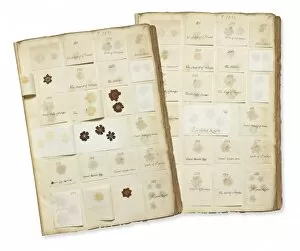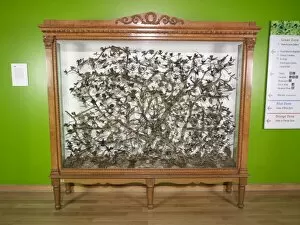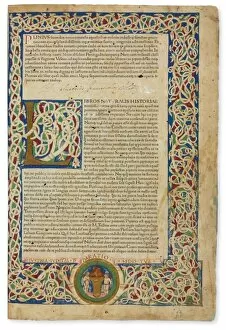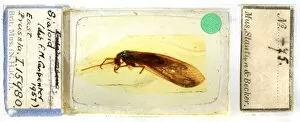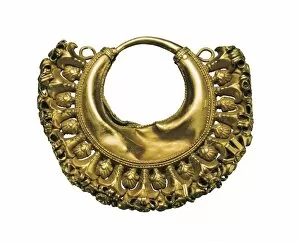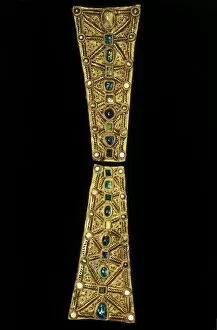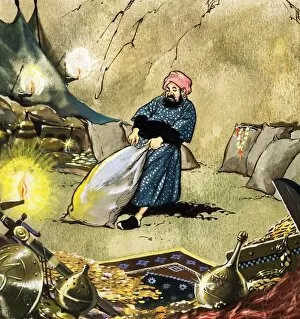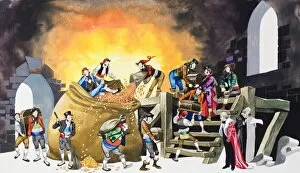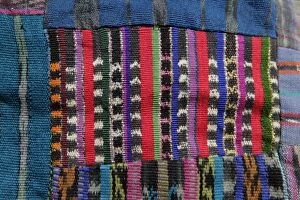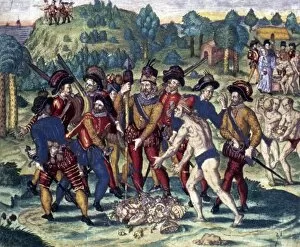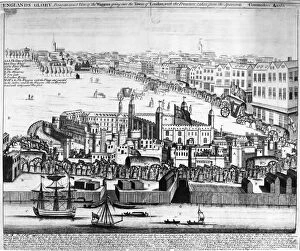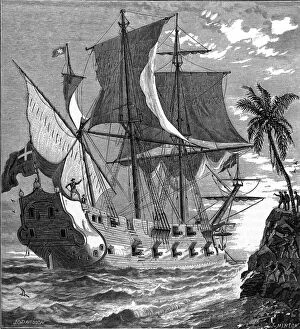Treasure Collection (page 26)
"Unveiling the Mysteries of Treasure: A Journey through Time and Culture" Embark on a captivating adventure as we delve into the world of treasure
For sale as Licensed Images
Choose your image, Select your licence and Download the media
"Unveiling the Mysteries of Treasure: A Journey through Time and Culture" Embark on a captivating adventure as we delve into the world of treasure, where hidden riches await to be discovered. From ancient civilizations to thrilling tales, these hints offer glimpses into the allure and enchantment that surround treasures throughout history. The William Smith Geological Map leads us deep beneath the Earth's surface, where precious gems and minerals lie concealed, waiting for intrepid explorers to unearth their beauty. Meanwhile, the Treasure Island Map beckons with its promise of buried chests overflowing with gold doubloons and shimmering jewels. Intrigue takes center stage as we encounter RUSSELL: STAGE ROBBER, a gripping scene capturing both danger and fortune. The shotgun-wielding robber guards his ill-gotten treasure box while a lifeless messenger lies in his wake—a reminder that wealth often comes at a great cost. Pressed seaweed specimens C016/6127 remind us that nature herself holds her own treasures—delicate marine flora preserved like precious secrets within each delicate specimen. And what could be more regal than The King's Two Daggers—one adorned with golden splendor, the other forged from sturdy iron—symbols of power wielded by those who seek dominion over land and sea? Venturing further back in time, we discover ornate relics from ancient Egypt—the gilt shrine depicting goddess Isis reveals an opulence fit for pharaohs while Tutankhamun's tomb unveils wonders beyond imagination. The Chalice with a paten crafted by Cabot workshop exudes elegance in vermeil—an embodiment of craftsmanship transformed into treasure. The ivory diptych of Stilicho transports us to an era when artistry met devotion—a masterpiece etched upon ivory surfaces telling stories untold. And then there is Ankhesenamun seated at Tutankhamun's gold-plated throne—an intimate glimpse into royal rituals and the meticulous care taken in every aspect of a king's life.



